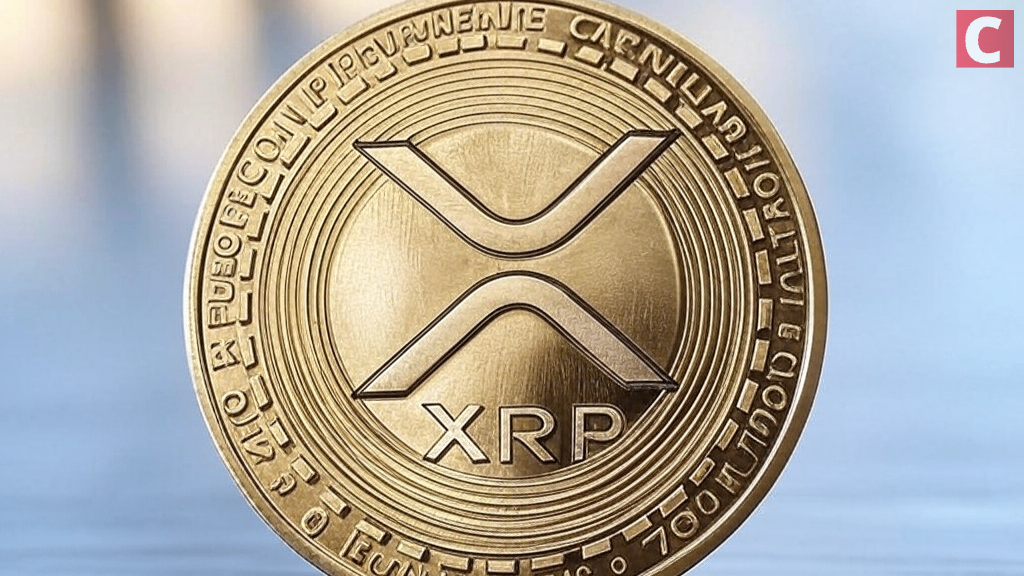
April 11th, 2025
Stay informed with the latest IOTA news as this interesting network uses its Tangle architecture to connect multiple devices, ensuring scalability and data integrity while remaining fully decentralized. Explore how IOTA is changing blockchain operations by expanding potential blockchain architecture to eliminate mining and block validation without comprising network security and decentralization.
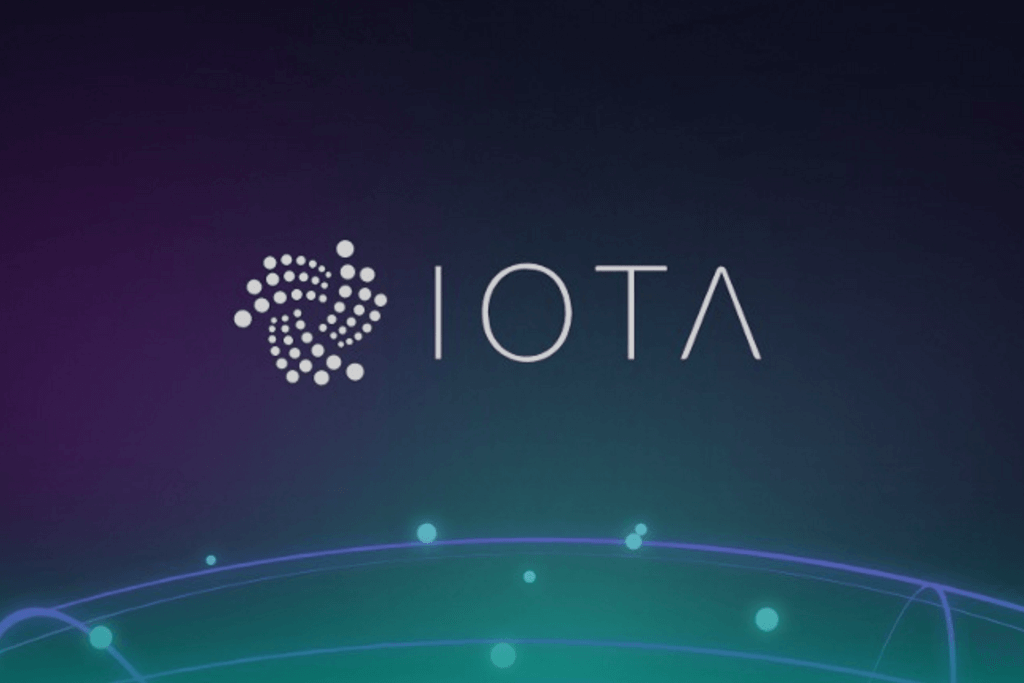
Blockchain analytics provider Nansen has partnered with IOTA to integrate advanced on-chain intelligence tools, enabling users to analyze network health metrics and discover investment opportunities.
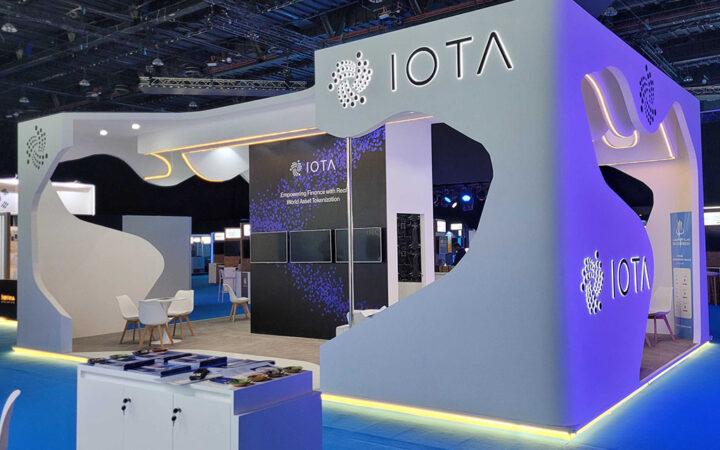
IOTA has announced change in its tokenomics model, leading to a 8% price surge and bullish analyst sentiments.
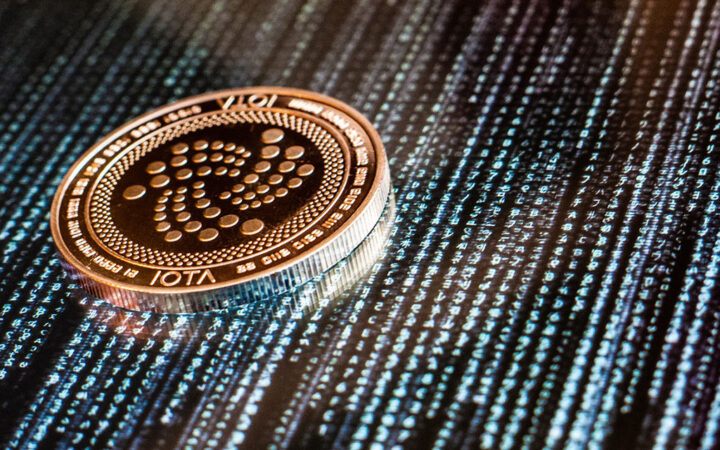
IOTA’s transformative ‘IOTA Rebased’ upgrade introduces native Layer 1 smart contracts, programmability, and sustainable tokenomics.
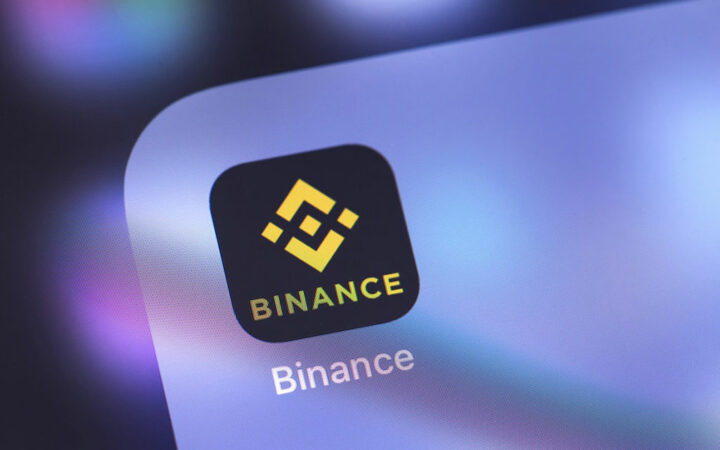
Binance announced the support for the mid-cap altcoins led by Notcoin and will begin trading on June 7, 2024.
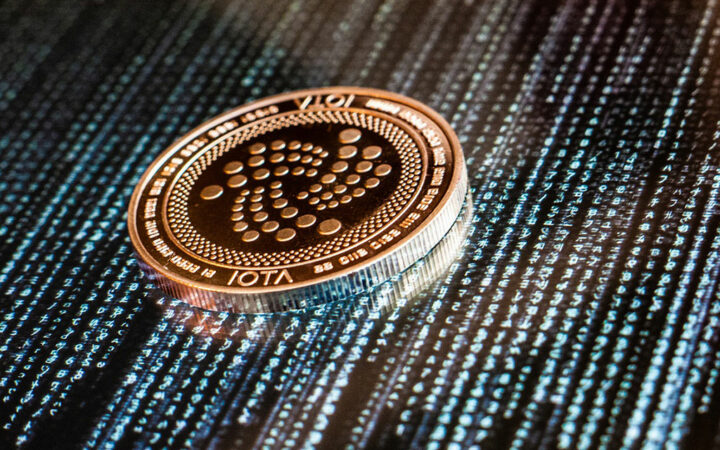
The timing for the launch of the ShimmerEVM Bridge is a perfect one, considering the broader expansion underway in the IOTA ecosystem.
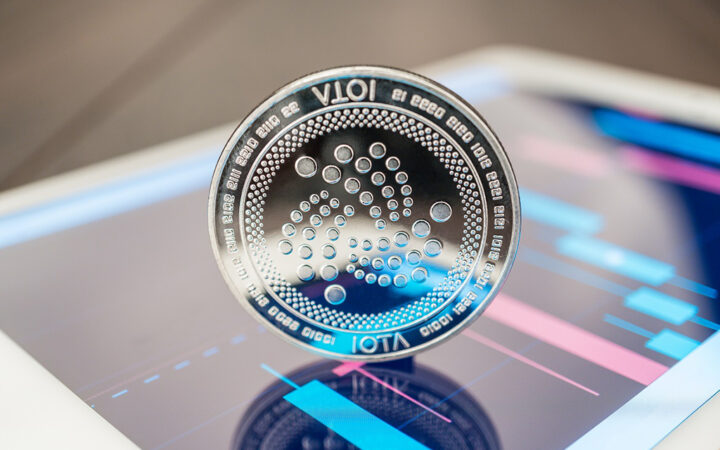
As part of this development, the IOTA Ecosystem DLT Foundation shall receive an initial endowment of over $100 million in IOTA tokens over the span of four years.
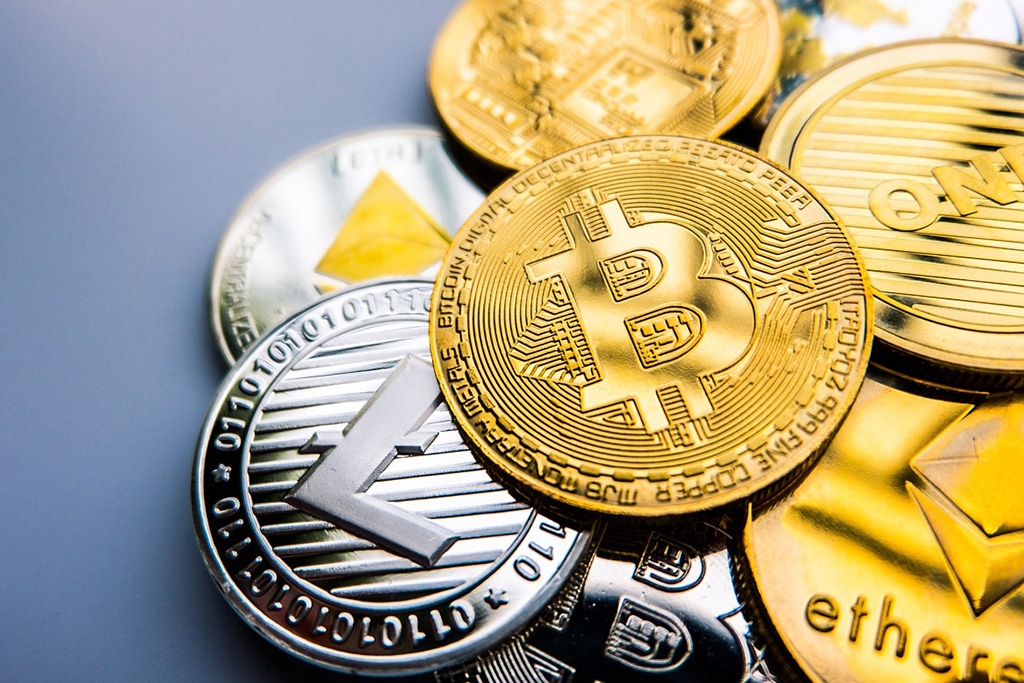
Cryptocurrency is still a fledgling industry that can be volatile at times. As a result, investors must conduct a thorough study and assess a coin’s prior performance before investing huge sums of money.
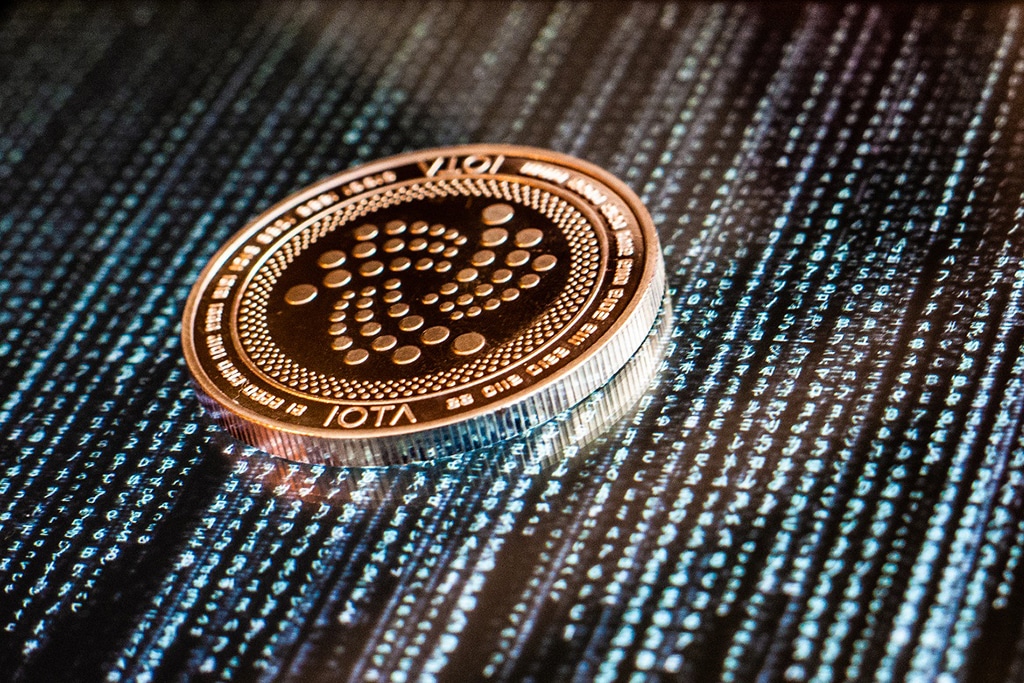
These two players coming together will allow multiple industry players to enjoy automated data sharing across IoT platforms. They will also work together to facilitate secure communication and payments across devices.
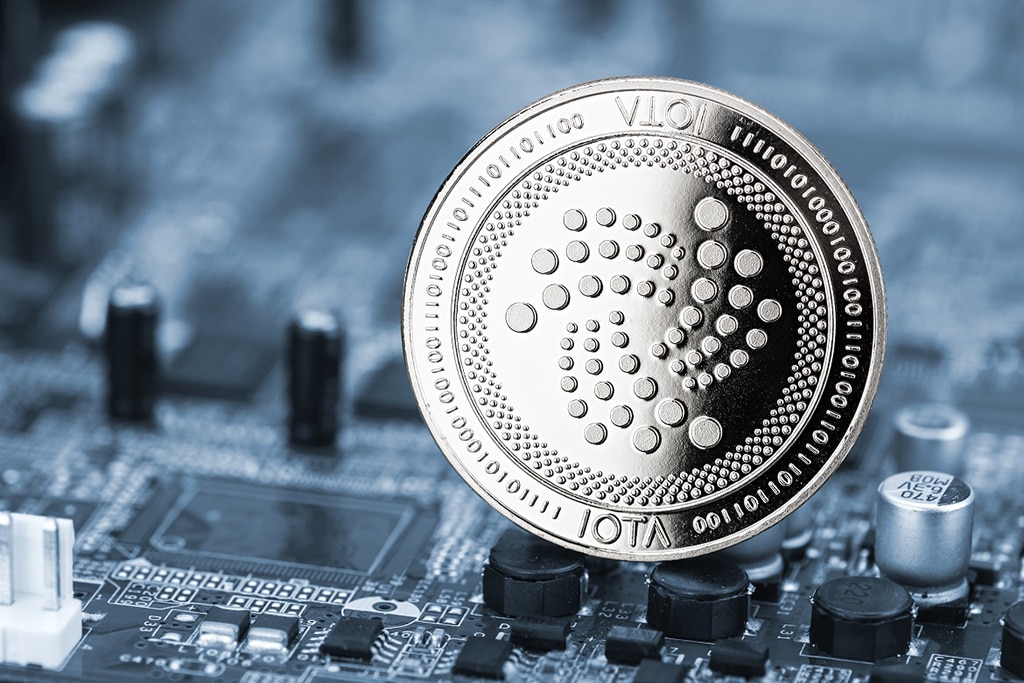
The IOTA 2.0 DevNet Nectar went live on Wednesday, a step initiated towards complete decentralization of the IOTA Protocol. The new DevNet brings a modular architecture along with giving individual nodes the autonomy to evaluate new messages in a decentralized manner.
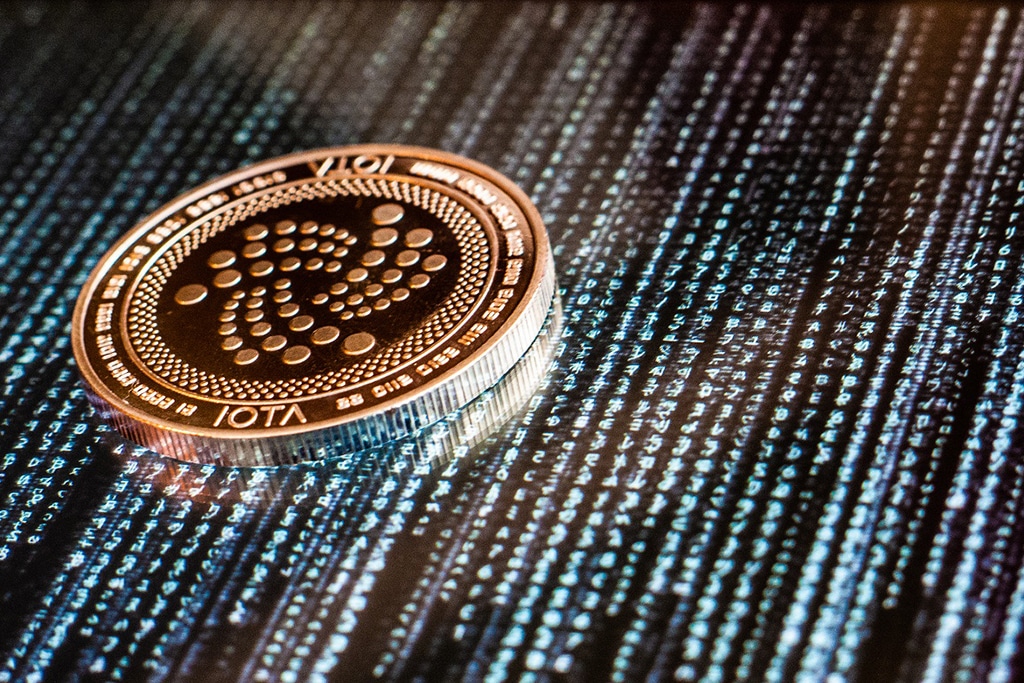
The official opening of the Christian Doppler Laboratory took place yesterday, with the Austrian Federal Minister for Digital & Economic Affairs Margarethe Schramböck attending the event.
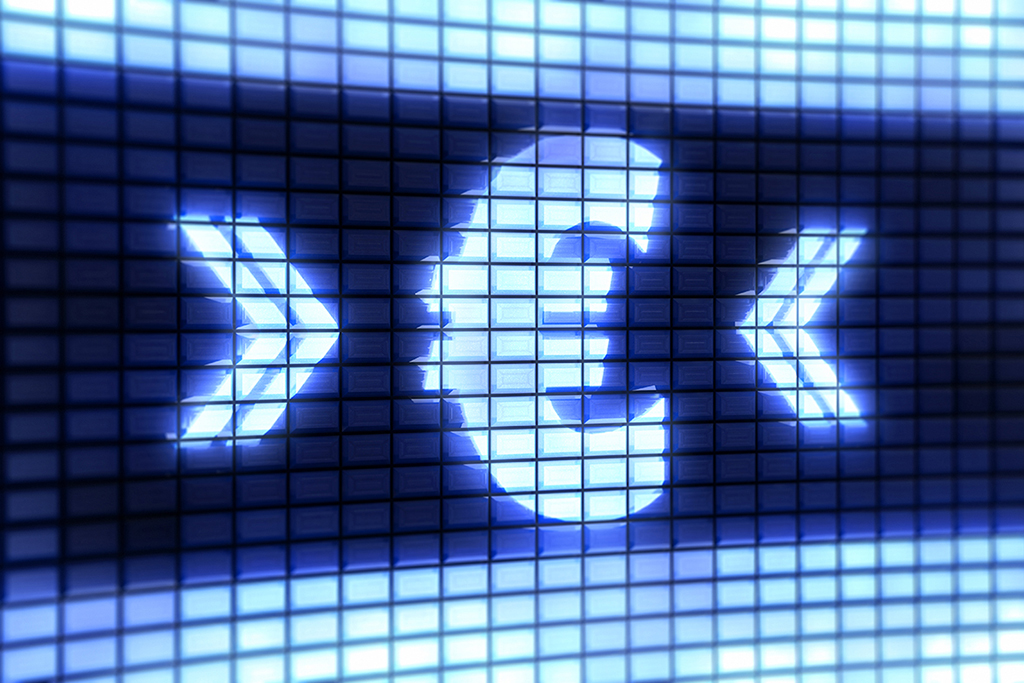
Calls for the Digital Euro are increasing with warnings that Europe could fall behind other parts of the world that are advanceing their CBDCs.

ICO’s, IEO’s, and even STO’s have failed to live up to their promised hype as it became difficult for blockchain companies to raise capital through them. However, some companies have found success in the token sale model.
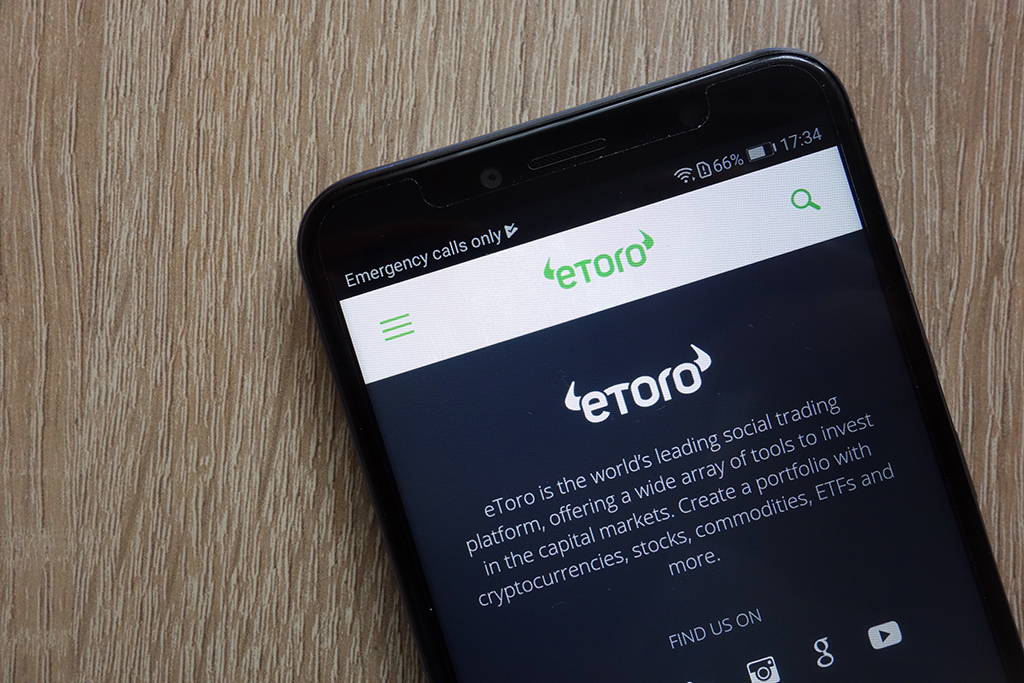
This sentiment-driven trading platform by eToro will advance machine-learning techniques to analyze investors perceptions.
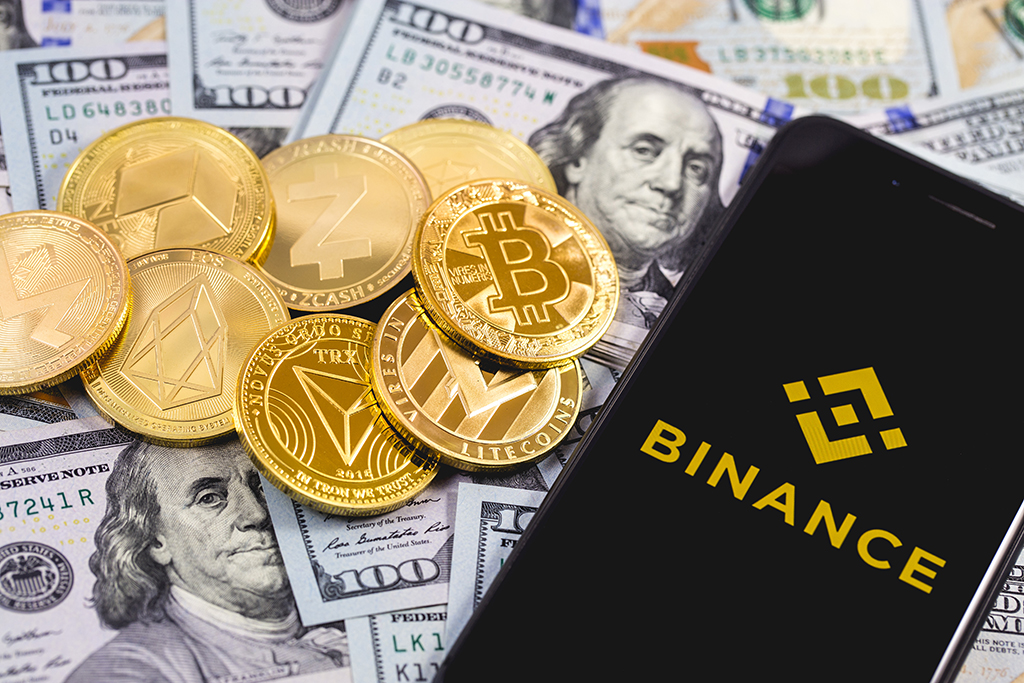
Binance is taking a hard and detailed look at 30 different cryptocurrencies for possible inclusion on its upcoming US-based exchange. This is welcome news for users in the U.S.
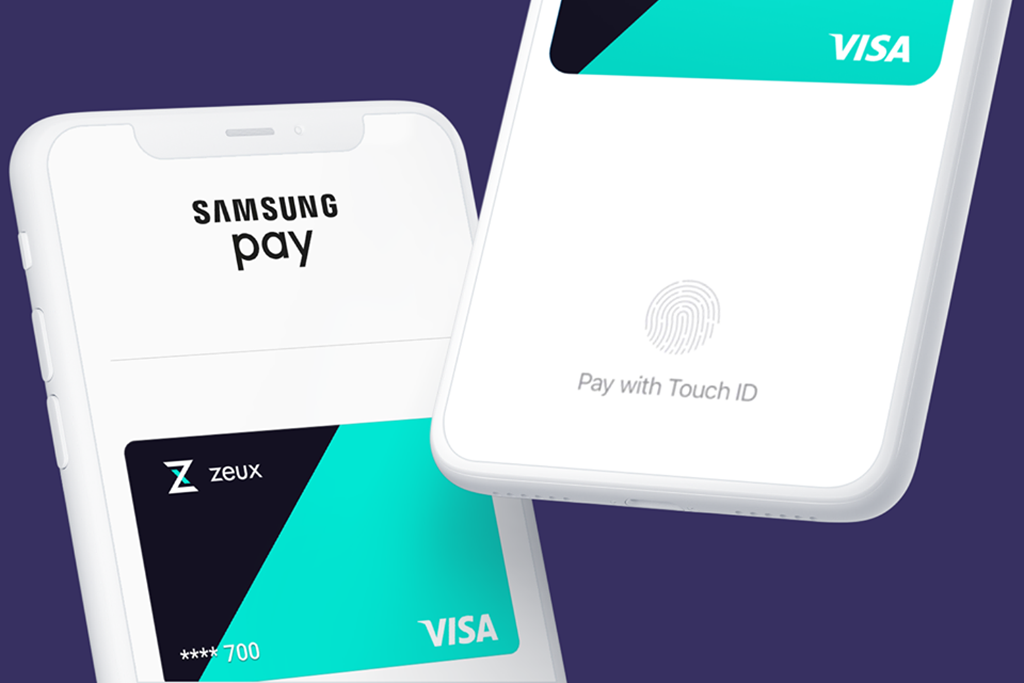
Crypto adoption for the masses still seems like a distant future but one London-based fintech believes it has the answer to stand out from other competitors in the industry.
IOTA stands out in the world of decentralized technology because of its distinct approach. The IOTA network is an open-source blockchain designed for the Internet of Things (IoT), essentially a network of physical devices, including appliances and other systems, that can exchange data and operate autonomously.
IOTA uses a novel system called Tangle, which allows the network to achieve high scalability and efficiency even as the platform is expanding its user base. This is a major challenge in the blockchain industry because the cost and speed of transactions usually increase when a network becomes congested.
The Tangle is a unique layer that removes the need for miners and traditional block validation, ensuring that the IOTA is energy-efficient. This contributes to the operational efficiency of the network, allowing devices connected via the IoT to interact seamlessly and securely, and ensuring data integrity as the devices communicate. The feature makes the IOTA network an excellent choice for supply chains and smart city projects.
The native IOTA or MIOTA (mega IOTA, or 1 million IOTA tokens) is vital to the ecosystem as it powers network transactions. The token also supports the security of data exchanged between devices and facilitates automated machine payments. Furthermore, IOTA enables these devices to make real-time payments, allowing the machines to run uninterrupted and without the need for human interference. The network is gradually gaining institutional traction, which indicates that its unique value proposition is attractive to organizations and enterprises.
Explore the IOTA guide for more information about this decentralized network that connects devices on the Internet of Things.
IOTA is a cryptocurrency designed for the Internet of Things (IoT). It facilitates transactions and supports communication between connected devices. The IOTA ecosystem also uses MIOTA (mega IOTA), which is equal to 1 million IOTA tokens.
IOTA is different from Bitcoin in many ways. First, IOTA uses the Tangle, which is a type of decentralized ledger technology (DLT) that is not a blockchain. Secondly, the platform has no miners and requires nodes to validate previous transactions for each one they make.
IOTA uses Tangle, a decentralized acyclic graph (DAG) that is not a traditional blockchain. This allows the platform to process transactions much faster and without fees.
IOTA’s innovative approach to decentralization and the Internet of Things makes it a promising cryptocurrency. However, any investor interested in IOTA must carefully research the platform and its potential before depositing funds.